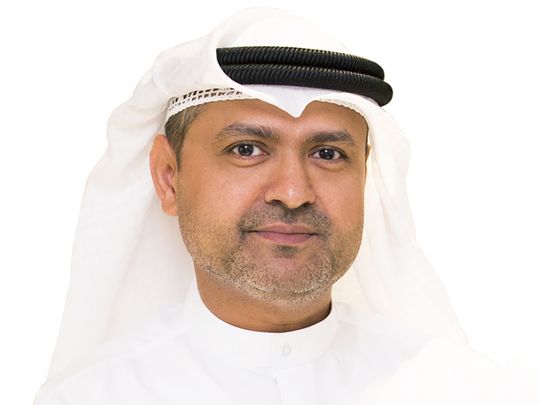Dubai: ADX-listed Eshraq Investments is all set with a new operational strategy, one that will see it take up private equity possibilities in the UAE and Saudi Arabia.
These would take the form of $50 million to $100 million stakes in companies seen as having viable potential to grow and provide the kind of returns Eshraq is targeting.
It was late last month that Eshraq confirmed the switch to the new strategy, with a focus on private equity instead of its earlier dominant reliance on publicly listed entities. That this would lead to Eshraq focusing on markets outside of the UAE was a given, with Saudi Arabia being a natural choice.
In the last two to three years, private equity has come calling on tech startups and businesses still in their early years of operations. The likes of Saudi wealth fund PIF too have been active in this space.
A clear route to an exit
Private equity investments can be quite lucrative if the exits shape up according to plan. In the UAE and Saudi Arabia, such an opportunity already exists, whether it’s selling on to other strategic investors or even going on to a stock market float.
Image Credit: Supplied
On whether technology-focused businesses will be Eshraq’s targets too, the CEO Mohamed Al Hashimi said: “We will be sector-agnostic on investments. In the Gulf or Middle East markets, one cannot be extremely sector-specific but an opportunist.
“When such an opportunity presents itself, we can add value by asset managing and extracting value. In a good scenario, we can have an exit strategy in 2-5 years. And if it’s an exceptionally good investment, even exit in 5-7 years.
“Our private equity entry will primarily be in the UAE and Saudi Arabia. And if those opportunities dry up, we can look beyond, in Kuwait or Qatar, for instance.”
A sharp re-set
That Eshraq had to go in for a change of direction and pace has been evident for a while. The company’s recent financials were deemed as underwhelming by investors, and there was also heavy exposure to real estate – properties and plots – in the UAE.
It was for this reason that Al Hashimi was brought in as CEO to oversee the transition. Through recent months, Eshraq has divested some of its real estate holdings in the UAE, in turn generating new funds for its upcoming private equity plays.
Real estate assets
With real estate, the company will factor four options:
- Develop plots for subsequent lease;
- Develop plots for subsequent sale;
- Develop strategic plots, and sell, swap or exit others; and
- Sell, swap, or exit plots.
Raising funds
“One of our main priorities is to control the investments and divestments as we switch from public equity to private equity,” said the CEO. “A second way would be to use the cash on hand, while a third option is bring in strategic investors or tap financing through new investors.
“Our previous strategy doesn’t allow us to raise or deploy cash. The new strategy has to do with rebalancing our existing portfolio (and getting new funds).
“If the scale of our planned private equity investments is extremely large, then it will be done through SPVs (special purpose vehicles). (How it’s done) will be fully aligned with the strategies we pursue and specific to an investment.”
Drop share buybacks
One direction Eshraq is not going through any longer is a share buyback program. “We extinguished the shares that we bought in the last 2 years, to ensure shareholders got good value,” said Al Hashimi. “We are no longer running a buyback – and will only consider it if it makes sense in the future.”
How Eshraq plans to script its private equity push
Focus will be on investments that generate ‘strong asset-backed cash flows’ in sectors such as real estate investments, infrastructure and logistics, energy and energy-related services, technology, healthcare, consumer, food and agriculture, and Islamic finance.
















